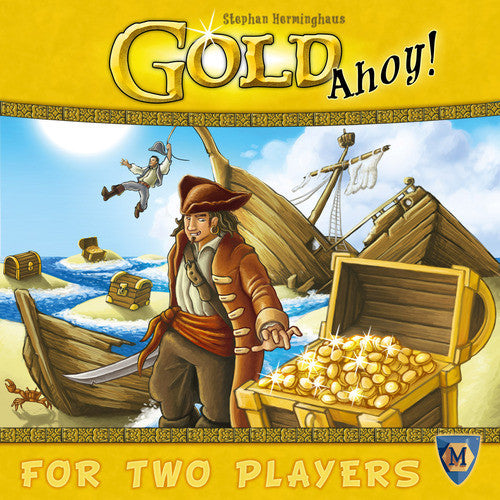Gold Ahoy!
Products title that includes 'PRE-ORDER' is subject to our Pre-order Policy
Couldn't load pickup availability
Delivery and Shipping
Delivery and Shipping
For more details, please refer to our Shipping and Order Information.
Pre-Order Policy
- Pre-order items are charged at the time the order is placed.
- Prices for pre-order items are subject to change based on final landed costs.
- If the final price is lower, the difference will be refunded to the customer in the form of store credit.
- If the final price is higher, customers will be given the option to either:
- Pay the difference, or
- Cancel the item for a full refund.
- Orders containing pre-order items will be placed on hold until all items in the order are available.
- Once all items have arrived and pricing remains unchanged, the order will be automatically shipped.
- Pre-orders are fulfilled on a first-come, first-served basis.
- If a pre-ordered item becomes unavailable (e.g., the publisher cancels the product), a full refund will be issued.
- Pre-orders may be cancelled and refunded by customers or the store.
- For transactions that are no longer eligible for direct refunds due to payment processor limitations, a store credit will be issued instead.
Description
Description
| Designer | Stephan Herminghaus |
| Publisher | Mayfair Games |
| Players | 2 |
| Playtime | 15 mins |
| Suggested Age | 8 and up |
| Additional Info | BoardGameGeek (Images, Videos, Reviews) |
Gold Ahoy! consists of 36 square tiles that are laid out in a 6x6 grid in the course of the game. The tiles contain two landscape types: water and sand. Water is in the corners and sand is on the sides. An treasure chest sits in the center of each tile, which is one of the two colors. Placed together, the tiles form a water/sand maze.
During the game, players take turns drawing a tile and adding it to the grid in almost any location; the one restriction is that a player cannot extend the grid in the direction of the opponent. When the grid is complete, players score one point for each chest that is connected to more exits on their side of the grid than on the opponent's side. Whoever has the highest score wins.


